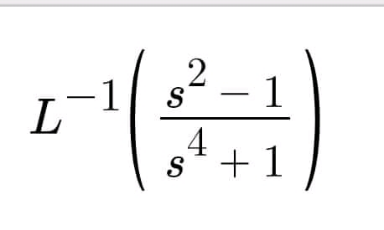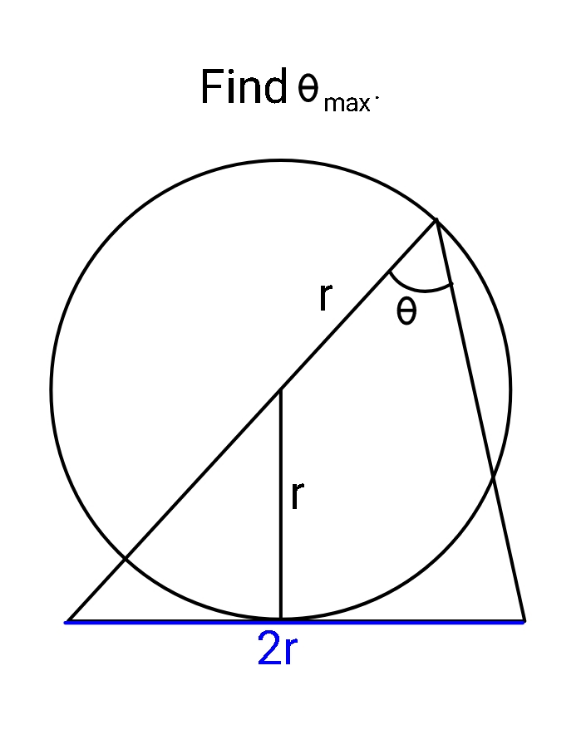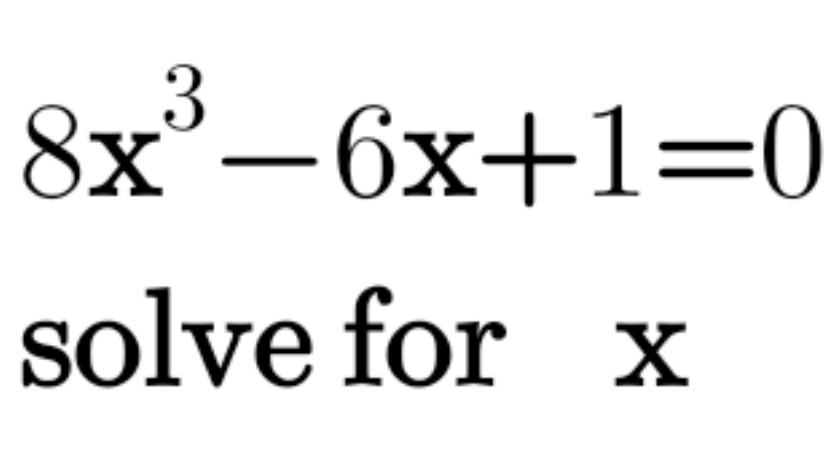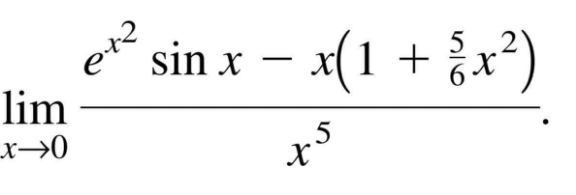
AllQuestion and Answers: Page 534
Question Number 166177 Answers: 1 Comments: 0
Question Number 166176 Answers: 0 Comments: 0

Question Number 166170 Answers: 2 Comments: 0
Question Number 166169 Answers: 1 Comments: 0
Question Number 166168 Answers: 0 Comments: 0
Question Number 166167 Answers: 0 Comments: 0

Question Number 166163 Answers: 0 Comments: 0

Question Number 166215 Answers: 1 Comments: 0

Question Number 166260 Answers: 1 Comments: 0
Question Number 166160 Answers: 3 Comments: 0
Question Number 166143 Answers: 1 Comments: 0

Question Number 166141 Answers: 2 Comments: 0
Question Number 166137 Answers: 2 Comments: 0

Question Number 166135 Answers: 1 Comments: 1
Question Number 166134 Answers: 1 Comments: 0

Question Number 166127 Answers: 0 Comments: 0

Question Number 166125 Answers: 0 Comments: 0

Question Number 166120 Answers: 1 Comments: 2

Question Number 166113 Answers: 2 Comments: 2
Question Number 166112 Answers: 1 Comments: 1
Question Number 166111 Answers: 1 Comments: 0

Question Number 166110 Answers: 1 Comments: 0
Question Number 166104 Answers: 1 Comments: 0

Question Number 166102 Answers: 1 Comments: 0

Question Number 166241 Answers: 2 Comments: 0
Question Number 166093 Answers: 2 Comments: 3

Pg 529 Pg 530 Pg 531 Pg 532 Pg 533 Pg 534 Pg 535 Pg 536 Pg 537 Pg 538
